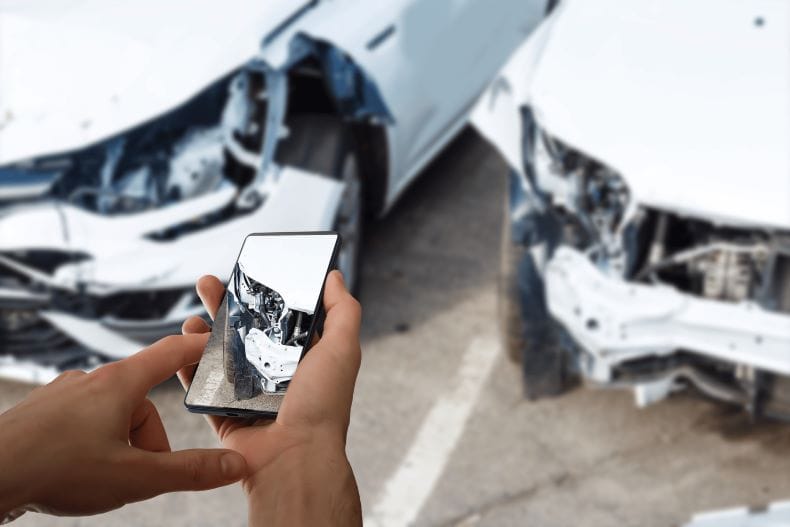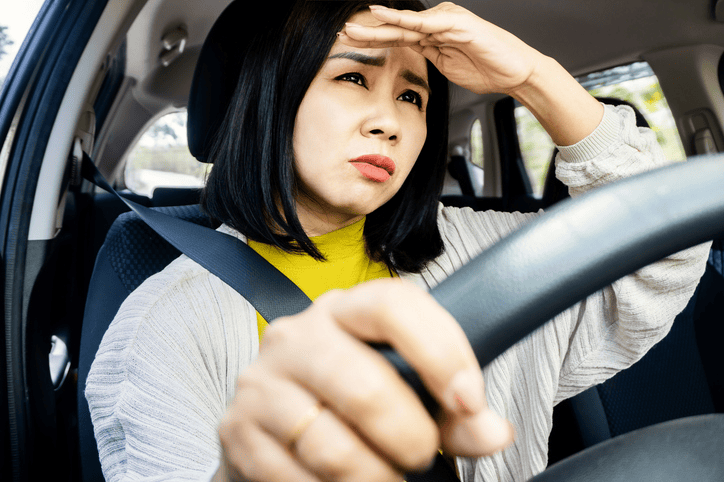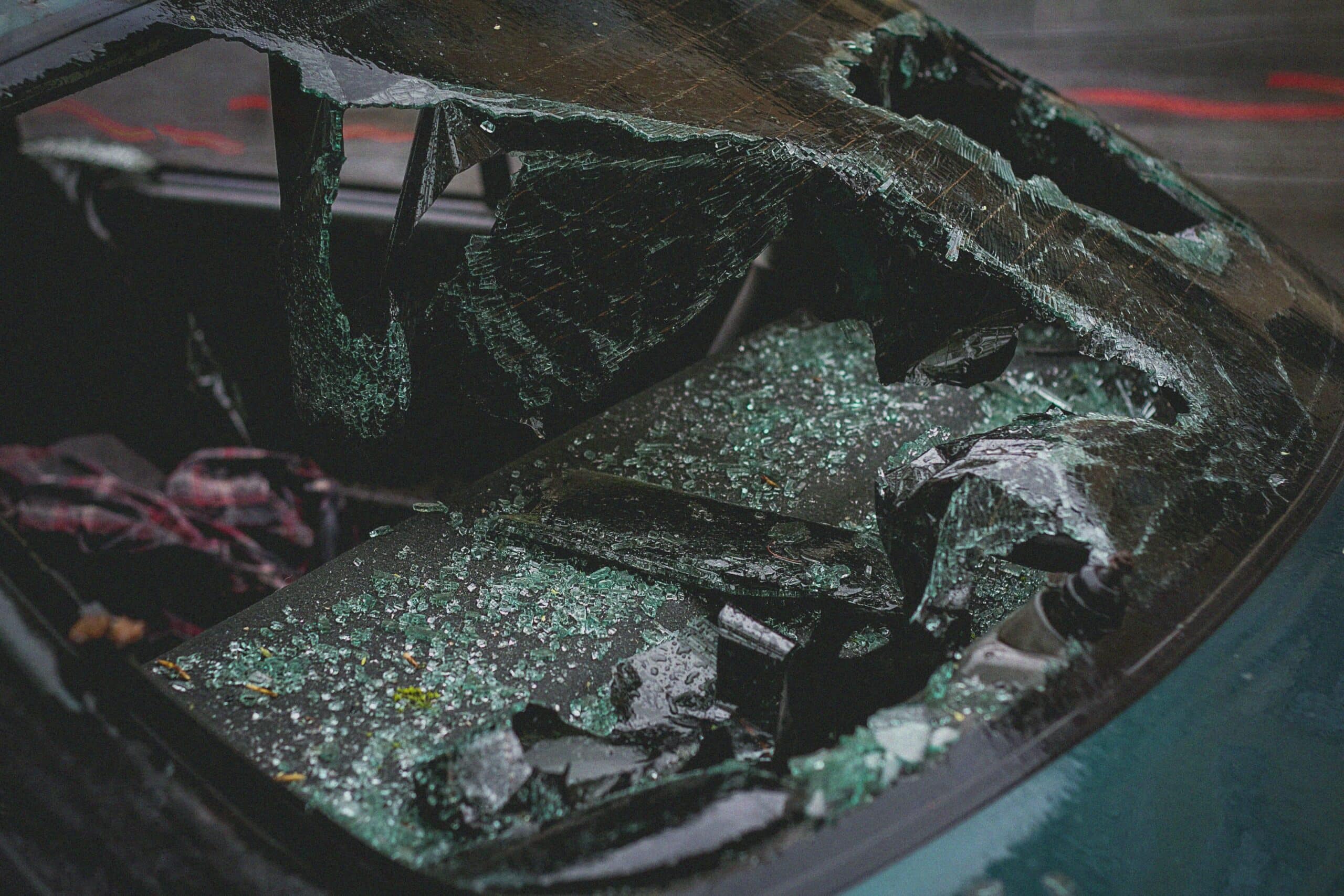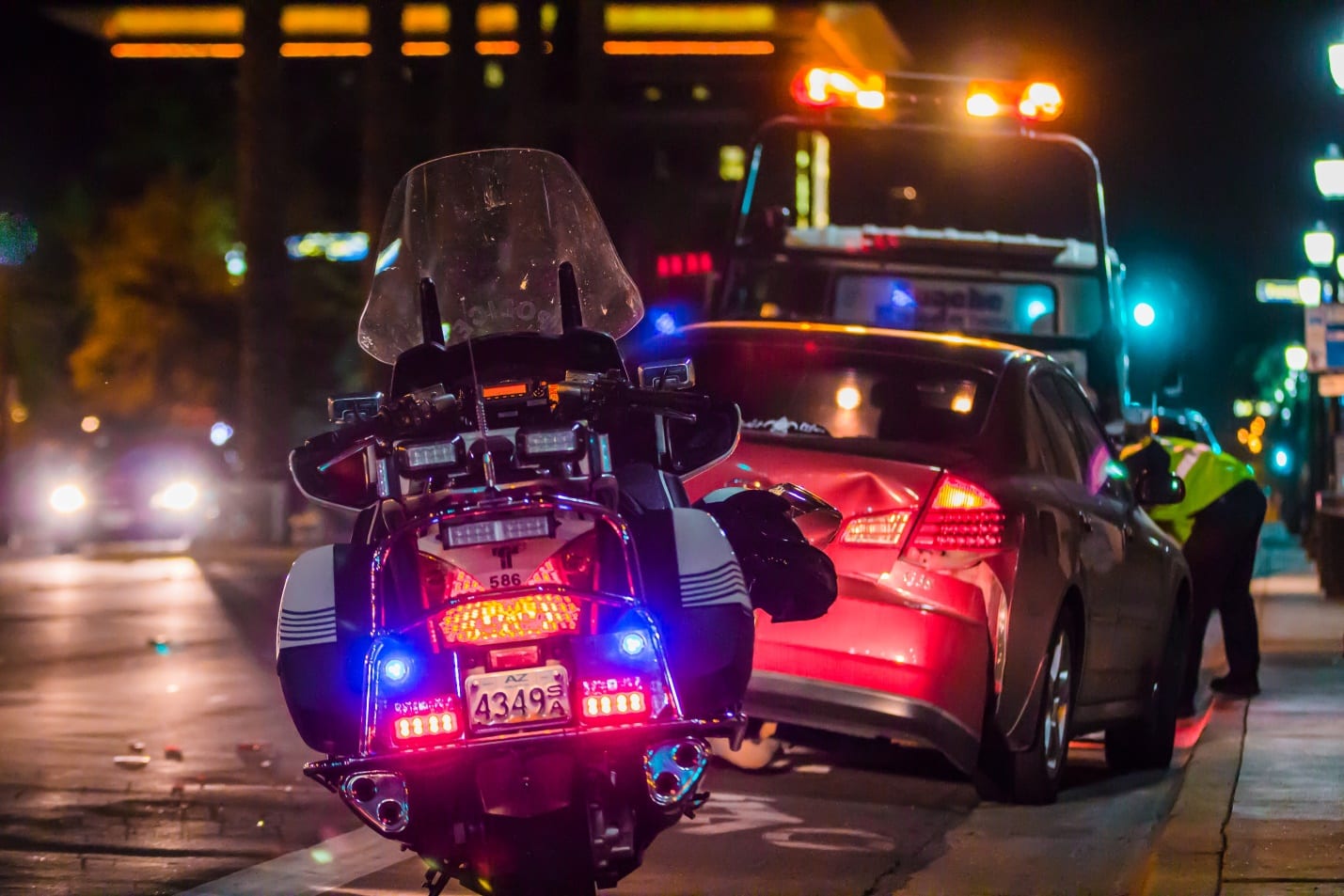
Navigating the roads of Nevada can be a tricky task, especially when it comes to determining fault in a car accident. One common scenario that often leaves drivers and passengers seeking legal guidance is the situation where a car turns right and collides with another vehicle attempting to pass.
In this article, we’ll unravel the complexities surrounding this issue, shedding light on the key factors that determine liability and the crucial steps to take if you find yourself involved in such an unfortunate incident.
What Is a Right-Turn Car Accident?
A right-turn car accident typically occurs at intersections when a vehicle making a right-turn collides with an oncoming car. These car accidents often result from misjudgments, failure to yield, or a lack of awareness of other road users. Right-turn car accidents can lead to various levels of damage and injuries, emphasizing the importance of cautious and attentive driving, especially when navigating intersections.
What Causes Right-Turn Car Crashes?
Right-turn car crashes can be attributed to various factors that contribute to the complexity of navigating intersections. Understanding the causes of these incidents is important for promoting road safety. In this brief overview, we will delve into the common factors including:
Failure to Yield:
One primary cause of a right-turn car crash is the failure to yield the right of way. Drivers may overlook oncoming traffic or pedestrians, leading to collisions.
Misjudgment of Speed:
Misjudging the speed of an oncoming vehicle is a common factor. Inaccurate assessments can result in poorly timed right turns and subsequent accidents.
Distracted Driving:
Distractions, such as phone use or inattention, contribute significantly to right-turn crashes by diverting the driver’s focus from oncoming traffic.
Inadequate Signaling:
Improper use or the absence of turn signals can confuse another driver, creating situations where right-turning vehicles are not anticipated, leading to collisions.
Blind Spots and Limited Visibility:
Overlooking blind spots and limited visibility is a frequent cause. Drivers may fail to check for approaching vehicles or pedestrians in these areas.
Intersection Complexity:
Complex intersections with unclear signals or poorly marked lanes contribute to confusion, increasing the likelihood of right-turn crashes.
What You Should Do After a Right-Turn Accident?
Experiencing a right-turn car accident can be overwhelming. Here’s a brief guide on what to do:
Prioritize Safety: The first step after a right-turn accident is to ensure the safety of everyone involved. Move vehicles to a safe location if possible, turn on hazard lights, and check for injuries. Call for medical assistance if needed.
Exchange Information: Exchange contact and insurance information with the other parties involved. Note license plate numbers and gather contact details of any witnesses. Document the accident scene with photos if possible.
Report to Law Enforcement: Report the accident to the police, providing an accurate account of the incident. Obtain a copy of the police report, as it can be crucial for determining fault and insurance claims.
Seek Medical Attention: Even if injuries seem minor, seek medical attention promptly. Some injuries may not be immediately apparent, and documenting them is vital for insurance claims and legal proceedings.
Avoid Admitting Fault: Refrain from admitting fault or making statements that could be interpreted as an admission of guilt. Fault determination is a complex process and should be left to the authorities and insurance investigations.
Contact Your Insurance Company: Report the accident to your insurance company as soon as possible. Provide them with the necessary details and follow their guidance on filing a claim.
Consult with a Car Accident Lawyer: If you’ve sustained injuries or face challenges with insurance claims, consult with a car accident lawyer. They can provide guidance on legal options, negotiate with insurance companies, and help you understand your rights.
Document Everything: Keep a thorough record of all documents related to the accident, including medical records, repair estimates, and communication with insurance companies. This documentation will be valuable in the claims process.
Preserve Evidence: Preserve any evidence related to the accident, such as photos, witness statements, and damaged property. This evidence can support your case in determining fault and seeking compensation.
Determining Liability in a Right-Turn Accident
In the aftermath of a right-turn accident where a car collides with another oncoming driver attempting to pass, understanding liability is paramount for seeking compensation. Several factors contribute to determining who is at fault in such scenarios.
Right of Way Violation:
One of the fundamental aspects of determining liability in a right-turn accident is the adherence to traffic laws and the right-of-way rules. In many jurisdictions, the driver making a right turn is typically required to yield to oncoming traffic, including pedestrians and cyclists. Failure to do so can result in the driver being held liable for the accident.
Lane Changes:
Drivers making a right or left turn must be vigilant of their blind spots and ensure they are not changing lanes without proper visibility. Failure to check blind spots can lead to collisions, and liability may be assigned to the driver neglecting these safety measures.
Use of Turn Signals:
Proper use of turn signals is essential for communicating intentions on the road. If the turning driver fails to signal or misuses their signals, it can impact the allocation of fault.
Distracted Driving and Road Rage:
Distractions, such as texting, or road rage such as violating traffic red light green light signals, can contribute to accidents. If either driver is found to be engaging in distracted driving or aggressive behavior, it may impact the determination of fault.
Negligent Driving Behavior:
Determining liability is not always a clear-cut process, and jurisdictions often consider the concept of comparative negligence. This legal principle allows for the assignment of fault based on the degree of negligence exhibited by each party involved. For instance, if one driver failed to signal their right turn while the other was speeding, a court might allocate a percentage of fault to each driver based on their actions.
Shared Liability:
Liability in a right-turn accident is not always unilateral. In some cases, both drivers may share a portion of the blame. Determining the percentage of fault for each party involves a thorough investigation of the circumstances.
Legal Process and Seeking Compensation:
If you find yourself injured in a right-turn collision, seeking compensation for your serious injuries is a crucial step in the recovery process. The legal representation of an experienced car accident lawyer becomes invaluable in navigating the complexities of insurance claims and legal proceedings.
Role of Legal Guidance in Right Turn Car Accidents
Legal guidance is indispensable in right-turn car accidents, where complexities abound. From determining liability to navigating insurance negotiations, an attorney’s expertise is pivotal in securing fair compensation and protecting the rights of those involved.
Efficient Liability Determination: Attorneys conduct swift and thorough investigations to pinpoint liability factors, such as traffic rules and driver behavior, establishing a robust foundation for the case.
Skillful Insurance Negotiations: Lawyers adeptly negotiate with insurance companies, ensuring clients receive just settlements by navigating the intricacies of insurance procedures.
Timely Legal Processes: Guiding individuals through legal processes and deadlines, attorneys ensure accurate and timely filing of paperwork, avoiding potential setbacks.
Evidence Preservation: Legal professionals actively gather and safeguard evidence, including witness statements and medical records, strengthening the client’s position for negotiations or court proceedings.
Comprehensive Damages Assessment: Attorneys assess damages comprehensively, factoring in medical costs, property damage, and lost wages to maximize compensation for their clients.
Effective Court Representation: In cases where settlements are elusive, attorneys provide effective representation in court, advocating for clients and safeguarding their rights throughout legal proceedings.
Stress Reduction: Legal guidance alleviates the burden on individuals, allowing them to focus on recovery while attorneys handle the intricacies of the legal process, reducing stress and ensuring a smoother resolution.

Consult With an Experienced Car Accident Attorney at BLG
Navigating the legal landscape after a right-turn collision in Nevada requires a comprehensive understanding of the factors influencing fault. Whether you’re the turning driver or the one attempting to pass, seeking legal representation is crucial to ensure your rights are protected and you receive fair compensation for injuries and damages. Remember, the road to justice starts with understanding the nuances of accountability in such situations.
Take the first step towards clarity and compensation. Consult with an experienced car accident attorney at BLG today. Your rights matter, and we’re here to help you navigate the legal complexities of right-turn car accidents in Nevada. Schedule your free consultation now.
Contact us today for a free consultation appointment.





